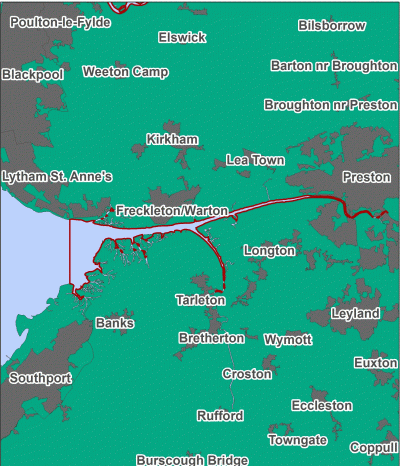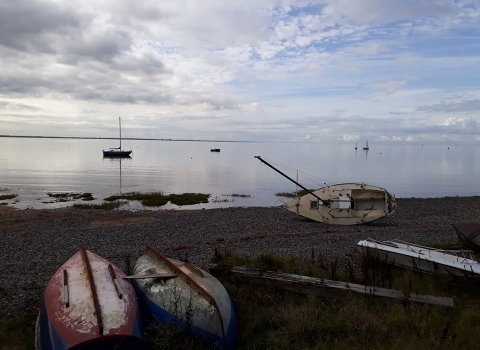The sand and mudflats of the Ribble Estuary are home to millions of small creatures from tiny snails and worms to shellfish and crabs that attract internationally important numbers of wading birds and a variety of fish species.
The feature of conservation importance found in this Marine Conservation Zone is smelt - a small fish species essential to the local food web.
The Ribble Estuary is a fascinating place. The site is made up of an estuary that results in saltmarsh where river meets sea. This habitat is important countrywide as it provides a nursery ground for fish to mature and reach a size that will improve their chances of reaching breeding age. Saltmarsh is formed by grasses and plants that are highly tolerant of salt and can thrive even when they are often submerged by the tide.
The Ribble Estuary also provides extensive sand and mudflats that are essential to the survival of overwintering birds that rest and feed here during the winter months, before returning to the colder extremes of the North.
The Ribble Estuary is the third most important wetland site in Britain. Almost 250,000 birds regularly spend the winter on the Ribble Estuary.

Contains UKHO Law of the Sea data. Crown copyright and database right and contains Ordnance Survey Data Crown copyright and database 2012.




